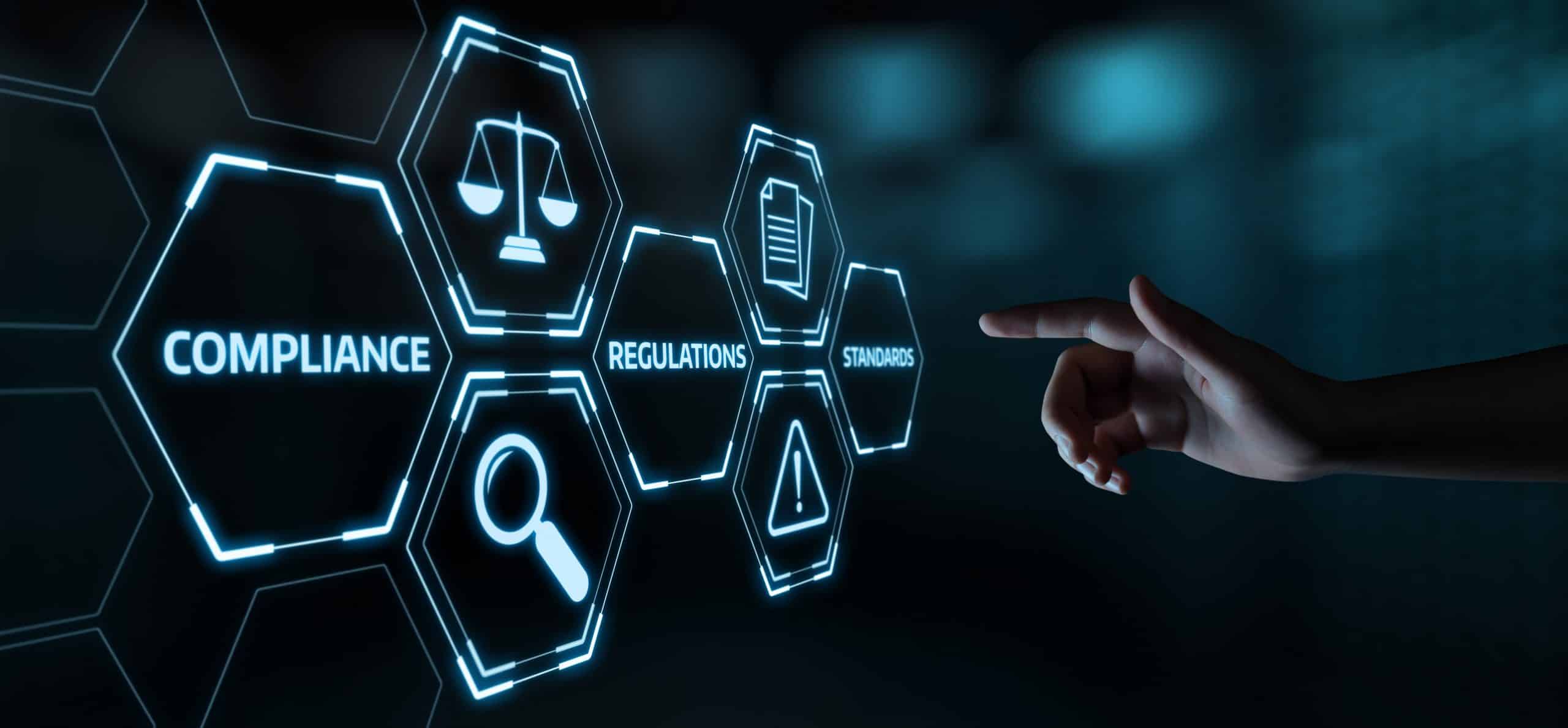In the relentless pursuit of securing financial integrity, the European Union (EU) stands at the forefront of groundbreaking developments in the fight against money laundering and terrorist financing. Let’s delve into the latest milestones, emphasizing the tangible benefits these advancements bring to the forefront:
1. AMLA Seat Selection: A Central Hub for Protection
On September 28, 2023, the EU initiated the selection process for the Anti-Money Laundering Authority (AMLA). This marks a pivotal moment in creating a centralized powerhouse dedicated to safeguarding the EU against money laundering. AMLA’s establishment promises consolidated efforts and heightened protection for citizens and the financial system.
2. Training Initiatives: Empowering the Frontline with Knowledge
As of February 22, 2022, the EU underscored its commitment to education by presenting trainers’ and user’s manuals for those training lawyers on AML and counter-terrorist financing (CTF) rules. This educational initiative translates into a more informed and vigilant frontline, equipped to navigate the intricacies of evolving AML regulations.
3. Ambitious Legislative Package of 2021: Strengthening Defenses, Unifying Standards
The EU’s ambitious legislative package, unveiled on July 20, 2021, not only harmonizes AML/CFT rules but proposes the establishment of AMLA. This harmonization translates into streamlined regulations, creating a unified front against illicit financial activities. AMLA, once operational, will act as a bulwark, fortifying the EU’s financial landscape.
4. Evolution of Regulatory Framework: Enhancing Transparency and Mitigating Risks
The EU’s legal framework on AML and countering the financing of terrorism has evolved since 1990. The 2015 modernized regulatory framework, including the 4th AML Directive and accompanying regulations, enhances transparency and adopts Financial Action Task Force (FATF) recommendations. This evolution translates into a more secure financial ecosystem with strengthened risk mitigation measures.
5. 5th Anti-Money Laundering Directive (AMLD V): Empowering Transparency and Accountability
Published on June 19, 2018, the 5th AML Directive introduces substantial improvements, including enhanced transparency, expanded powers for EU Financial Intelligence Units, and measures to limit anonymity in virtual currencies. These amendments empower individuals, fostering a transparent financial landscape that prioritizes accountability and security.
6. Ongoing Risk Assessments: Informed Decision-Making for All
Supranational risk assessments, most recently on October 28, 2022, provide a comprehensive analysis of risks. By offering recommendations to Member States, European Supervisory Authorities, and obliged entities, these assessments empower decision-makers at all levels, ensuring informed strategies to combat emerging financial threats.
7. Strengthening Law Enforcement Access: Fast-Tracking Investigations for Swift Justice
Directive (EU) 2019/1153, implemented on June 26, 2019, enhances the use of financial information for law enforcement. Direct access to data on bank-account holders and improved information exchange between Financial Intelligence Units accelerates investigations, offering swift justice and ensuring a safer environment for all.
8. EU-Wide Cooperation: Synergy for a Safer Future
Expert groups, committees, and platforms facilitate EU-wide cooperation, bringing together financial intelligence units, public and private experts, and authorities responsible for combating money laundering. This collaborative approach ensures a synergy of efforts, creating a safer future for all EU citizens.
Conclusion: Unleashing the Power of Progress
As of September 2023, the EU continues to unleash the power of progress in the fight against money laundering. From legislative advancements to the imminent establishment of AMLA and ongoing risk assessments, these initiatives collectively offer tangible benefits. The EU is shaping a financial landscape that prioritizes transparency, accountability, and security, ensuring a safer and more resilient future for all its citizens.
